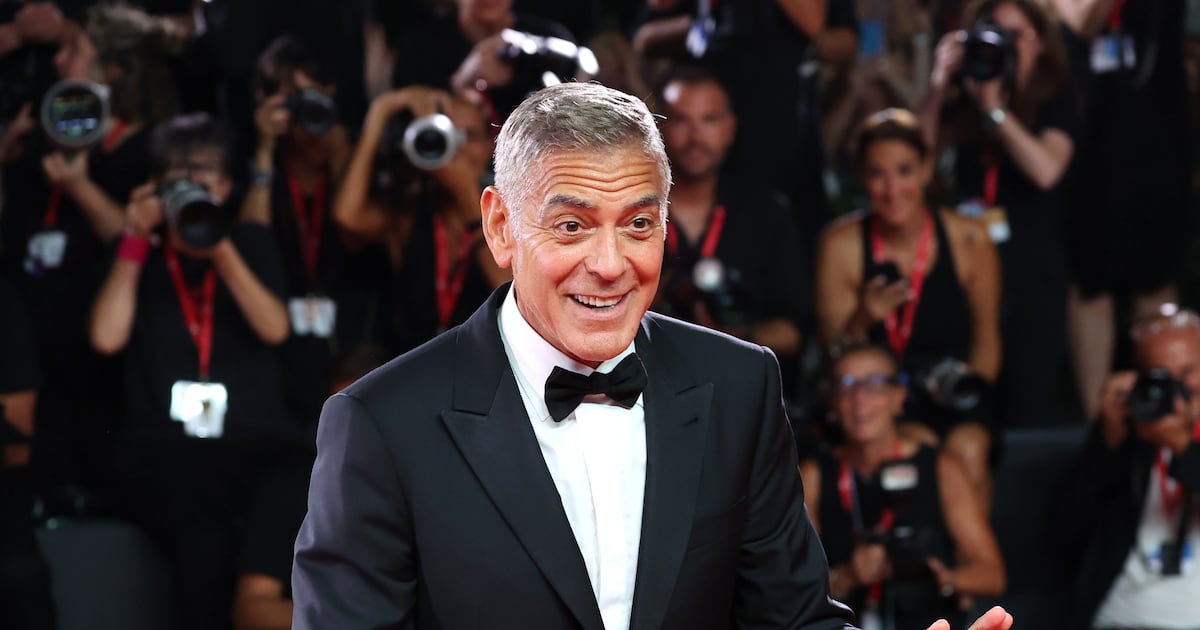SEOUL — The future of U.S. forces in South Korea and the alliance that keeps them on the peninsula now appears to rely on the whims of a president whose real thinking on the topic remains a mystery to the people here with the most to gain or lose.
The vicissitudes of American policy toward Korea were thrown into sharp relief by an article in The New York Times saying President Donald Trump had ordered the Pentagon to report back on the possibility of scaling down the number of U.S. troops from the current level of 28,500 to a much reduced level.
Denials from Washington that Trump had ever made such a request were met here with disbelief. Among government officials and analysts who have long experience studying the needs for defense of the South against the North, conventional wisdom is that Trump is just about as interested as North Korea’s leader Kim Jong Un in getting the Americans largely out of South Korea and leaving the South to fend for itself.
ADVERTISEMENT
Concerns about what Trump is thinking are mounting in the run-up to a summit between Trump and Kim that promises to be a turning point in the history of the Korean Peninsula, if not the region. The real question is which way will history turn, for better or for worse, and which of the competing great powers with a stake in Korea—China, the U.S., or even Japan or Russia —will come out on top.
The Americans may not be about to pull out precipitously, but South Koreans believe U.S. troops will be going home in gradual stages as a result of whatever deal Trump reaches with Kim at the summit.
That’s enough to raise a question that’s always bedeviled Koreans worried about what will happen if North Koreans ever invade South Korea, as they did in June 1950. The Americans have long been viewed as basically “a trip wire,” but never a deterrent to invasion. Once the North Koreans crossed the trip wire, the South Korean military—about 600,000 troops in all services—would be expected to do most of the fighting with strong air and naval support from the U.S., supplemented by U.S. Marines from Japan and the highly limited numbers of U.S. Army troops already here.
The “trip-wire” scenarios becomes increasingly significant amid concerns here that Trump might think Americans aren’t needed at all.
“Trump has never ceased talking about the withdrawal of troops since his inauguration,” said Woo Jeong-seop, veteran research fellow at the influential Sejong Institute, which has close ties to the government. Trump had a decidedly “negative opinion” about the American presence in South Korea, Woo noted.
Trump’s negotiating position with Kim will depend in part on what the South Koreans really think of it. Just because South Korea’s President Moon Jae-in appeared to get along swimmingly with Kim at their summit in the truce village of Panmunjom a week ago does not mean that Moon wants to see the back of the Americans any time soon, while we know that for Kim such a withdrawal is a strategic priority.
So, the view of South Koreans surrounding Moon is “not so fast,” and right now South Korea’s national security adviser, Chung Eui-yong, is visiting Washington, talking to his opposite number, John Bolton. Trump’s national security adviser is longtime hawk, and he is assumed to be highly skeptical of Kim’s commitment to “complete denuclearization” as stated in the declaration that he and Moon signed at Panmunjom.
It’s also for that reason that Moon, through his spokesman, was quick to disavow an article in Foreign Affairs by a special adviser, Moon Chung-in, an academic with a long background of opposition to American forces here, in which he wrote it would be “difficult to justify” having U.S. troops here after a peace treaty replaces the armistice that ended the Korean War in July 1953.
The article by Moon Chung-in, no relation to President Moon, created consternation here, but was quickly overtaken by the New York Times report that Trump himself was asking for a review by the Defense Department of the options surrounding troop reduction.
The U.S. has initiated the process, symbolically at least, by pulling back forces from Camp Casey between Seoul and the North Korean line 40 miles north of here, and also moving them out of the historic Yongsan base in central Seoul. U.S. forces are now concentrated at Camp Humphreys in the town of Pyongtaek, about 40 miles southwest of Seoul, and nearby Osan Air Base, the second largest U.S. air base in the region after Kadena on the southern Japanese island of Okinawa.
“North Korea wants no strategic assets of the U.S. in South Korea,” said Jin Chang-soo, president of the Sejong Institute. “They want the U.S. to announce withdrawal.” Nobody expects such a sudden reversal of the U.S. commitment to South Korea, although the unexpected has come to be expected of late.
“If we have successful denuclearization and an end to the Korean War, there will be questions raised about the nature of U.S. troops in Korea and about whether we need to decrease them,” said Jin. “We can also think about a peace agreement.”
The process of converting the Korean War armistice to a peace agreement or treaty, as long demanded by North Korea, promises to be incredibly complex.
An immediate stumbling block is that South Korea abstained from signing the armistice, which ultimately was agreed on after prolonged negotiations at Panmunjom by China, North Korea and the U.S. South Korea would, of course, have to join in talks on a peace treaty in which Russia and Japan might also have seats at the table.
Trump and Kim are expected somehow to be able to come up with a joint declaration, but as of now it’s still not clear where and when they will meet. Trump has said he would like to meet Kim at Panmunjom, after rejecting North Korean suggestions that he go to Pyongyang. Kim is expected to sweeten the pot by agreeing to release three U.S. citizens, all Korean Americans, who have been held in Pyongyang on unspecified charges. Reports are circulating here that they have already been transferred from prison to comfortable lodgings in anticipation they will be let go. It’s widely believed they might even be released directly to Trump, who would bring them back to the U.S. on Air Force One as a symbol of his success in negotiating.
Uncertainty reigns, however, about what Trump is really thinking. “Decreasing troops will depend on geopolitical themes,” said Woo. Anticipating “fierce discussions” in South Korea as well as the U.S., he portrayed important agencies like South Korea’s defense ministry and the U.S. national security council as having “different standards.” Most perplexing of all, he said, was “We don’t know what Trump believes, and we don’t know what the American Congress believes.”
For the Americans, the core issue is to eliminate the threat of Kim’s nuclear weapons and missiles, which theoretically could reach New York or Washington. But for the South Koreans, the threat of North Korean intimidation, if not invasion, is quite different. Having worried for years about the price they might have to pay in a war, South Koreans have now begun to worry about the price of peace.





